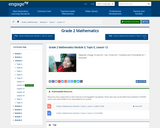
In this lesson, students change 10 ones for 1 ten, 10 tens for 1 hundred, and 10 hundreds for 1 thousand.
- Subject:
- Mathematics
- Material Type:
- Lesson Plan
- Provider:
- EngageNY
- Author:
- Engage NY
- Date Added:
- 04/23/2019

In this lesson, students change 10 ones for 1 ten, 10 tens for 1 hundred, and 10 hundreds for 1 thousand.
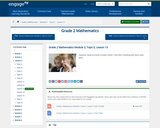
In this lesson, students read and write numbers within 1,000 after modeling with place value disks.
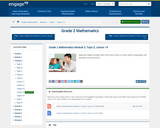
In this lesson, students model numbers with more than 9 ones or 9 tens; write in expanded, unit, standard, and word forms.
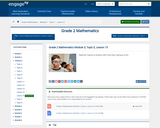
In this lesson, students explore a situation with more than 9 groups of ten.
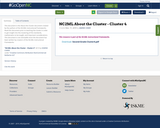
This document is the About the Cluster document created by the authors of the NC2ML Instructional Frameworks. Read this document prior to teaching the cluster in order to get insight into the clustering of the standards, mathematics to be taught, and important considerations.
This document is not remixable since the document has been written by creators of the NC2ML Instructional Frameworks.

Students will color the number with correct color. Numbers will be in Standard, Word, and Expanded form.

In this assessment task, students learn about hundreds, tens, and ones and complete worksheets.

This 2 unit of number and operations lessons explores place value through 6 hands-on activities and 2 worksheets.
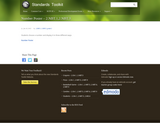
In this assessment task, students choose a number and display it in three different ways.

Look at the chart and represent the numbers in different ways

This 2 unit of number and operations lessons explores multi-digit addition and subtraction through 4 hands-on activities and 1 worksheet.

This 2 unit of number and operations lessons explores numbers to 1,000 on a line or grid through 2 hands-on activities and 2 worksheets.

For this activity, students and a partner sit opposite one another with a divider between them. Students take turns writing a 3-digit numeral on each space of the grid and give instructions to their partner on how to write a number in each space to match their grid. Students use number names and positional language to describe where to place them. Students remove the divider and check their grids to see if they match.
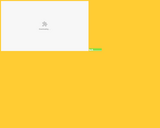
Students will observe the base ten representation and choose the correct numeric representation in this interactive.

Students work in teams to follow criteria and constraints to design their own container that holds pompoms (popcorn). When this is completed they need to test and record how many pom-poms their container will hold. Students find that counting and organizing groups of ten is the best way to do this. They record their information on a data analysis sheet and the following day they compare their numbers and amounts.
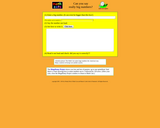
Students type in any big number they want, try to write it in written form, and then check to see if they were correct.
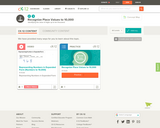
This short video and interactive assessment activity is designed to teach second graders about representing numbers in expanded form II.
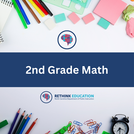
This unit was created by the Rethink Education Content Development Team. This course is aligned to the NC Standards for 2nd Grade Math.
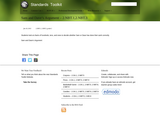
In this assessment task, students look at charts of hundreds, tens, and ones to decide whether Sam or Dave has done their work correctly.
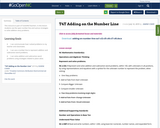
This resource is part of Tools4NCTeachers.
In this lesson students use the open number line and various strategies to solve addition story problems.